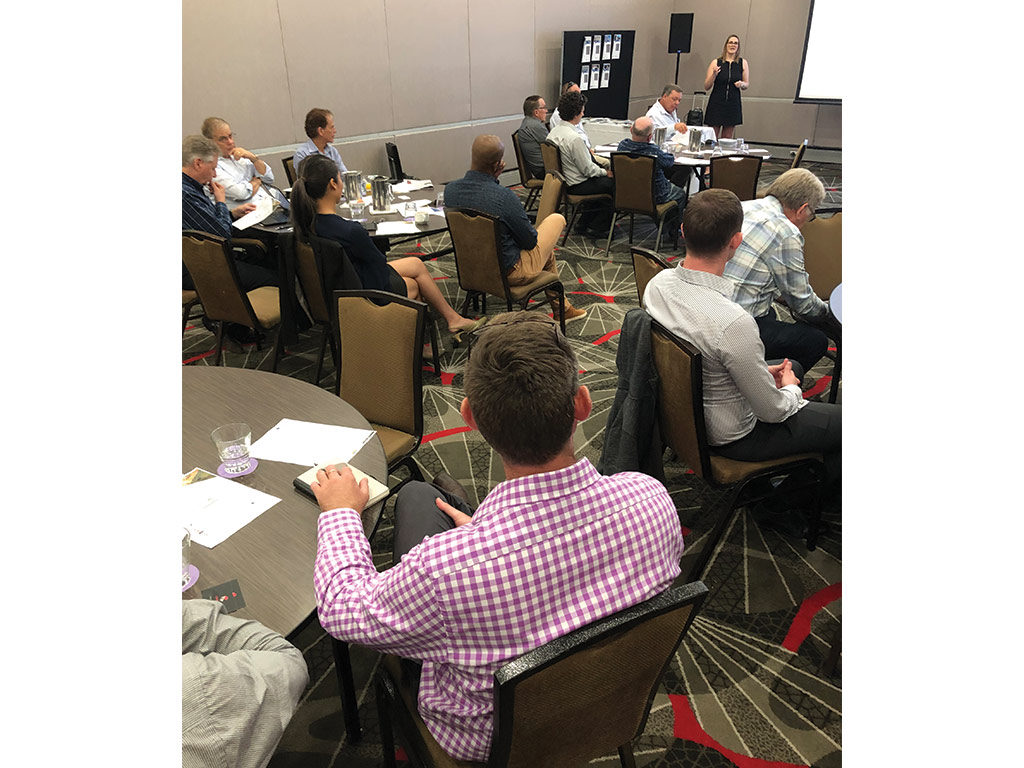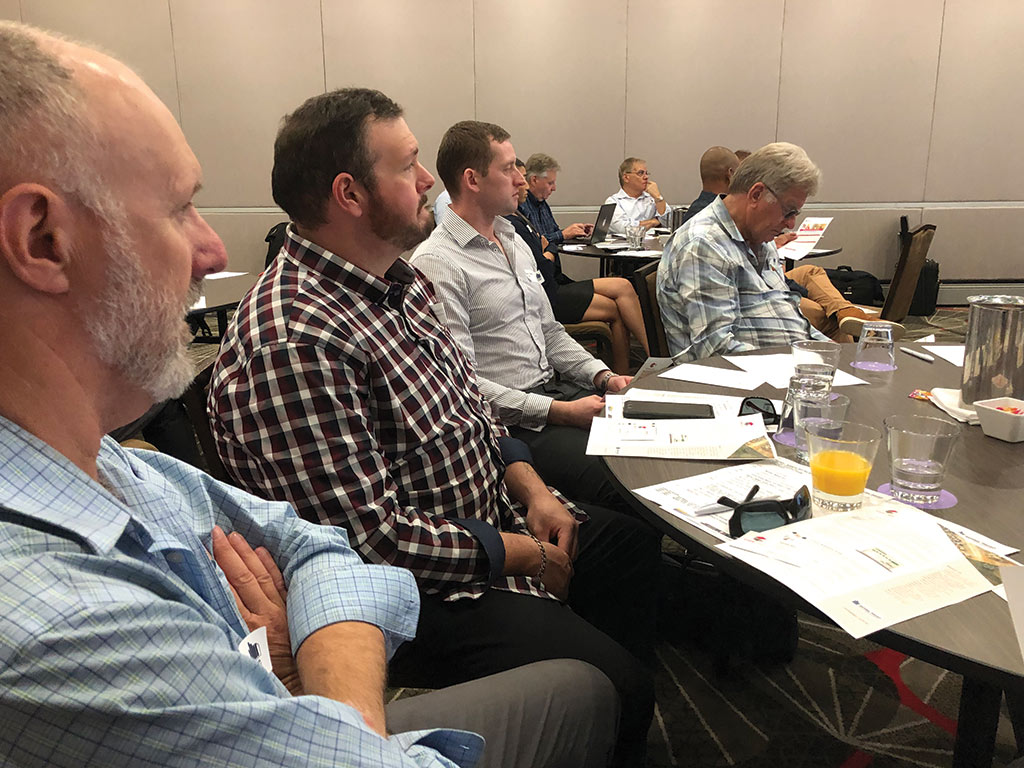

FOR CONSTRUCTION PROFESSIONALS SEEKING TO ENGAGE WITH OFFSITE OR PREFABRICATED METHODOLOGIES, PRECAST CONCRETE OFFERS A RANGE OF PROVEN BENEFITS. HERE, THE NATIONAL PRECAST CONCRETE ASSOCIATION AUSTRALIA SHARES ITS THREE TOP TIPS ON GETTING STARTED WITH PRECAST.
The often predominant presence of timber representation in the prefab space means design or construction industry newcomers have a tendency to equate prefab with timber construction. That couldn’t be further from the truth. While mass timber is the new kid on the block, other forms of prefab have a proven record of delivering all the benefits of offsite manufacture. Precast concrete is one of them. Substantially reducing construction times and waste while improving safety and quality, the precast method delivers additional benefits that not many others can.
Precast delivers proven fire, flood and termite resistant buildings without chemical treatment or emissions. In addition, its structures are durable, requiring minimal maintenance and, if correctly designed, minimising the need for mechanical heating and cooling.
Here’s how to incorporate precast into the early stages of your next project.
1. UNDERSTANDING THE SCOPE OF PRECAST CAN MAXIMISE ROIMaximising the use of precast throughout a structure and involving one or two precast manufacturers during the design phase will maximise its ROI. Knowing where and how precast can be used will help determine those parts of a project where it’s best suited, which will then assist in identifying the best precasters for the project at hand.
“Maximising the use of precast throughout a structure and involving one or two precast manufacturers during the design phase will maximise its ROI. Knowing where and how precast can be used will help determine those parts of a project where it’s best suited, which will then assist in identifying the best precasters for the project at hand.”
National Precast.
Many products are available, from wall panels to flooring, beams, columns, lift shafts and stairs for buildings, to bridge beams, culverts and pipes for civil projects, and furniture, monuments and bollards for landscaping projects. Precast is also used to manufacture more unusual and unexpected products like crypts, fish baffles and artificial reefs.
Manufacturing can encompass many different finishes including the most cost-effective, an off-form grey finish. AS 3610 Formwork gives guidance on the quality of finish and tonal ranges, splitting finishes into Class 1, Class 2 and Class 3. Most above ground products will be manufactured to a Class 2 finish. Class 1 is only ever specified for monumentally significant elements that can be manufactured using a single concrete pour. All National Precast members use high quality steel beds which deliver optimal finishes.
From off-form grey finish, the factory-controlled environment allows precast to be coloured in the factory using pigment or stain, and patterned using form-liners or custom-made moulds. Applied finishes will take the precast up a notch, offering polished, honed, sandblasted and acid-etched finishes. Images can even be etched into the concrete surface using retarders. Another type of precast that is able to be produced in the factory is precast that is reinforced with glass fibres, or Glass Reinforced Concrete (GRC). GRC is typically known for its light weight and ability to produce intricate detailing.
2. INVOLVE THE PRECASTER EARLY
Typically, a developer will first engage an architect or a design and construct builder to develop a project’s concept. If the precast method is to be considered, both the developer and designer must first understand what precast can do. Ideally, both will have precast experience. National Precast members are well placed to provide referrals and their details are available from the Find-a-Precaster tool on the National Precast website.
Designing a project well and in precast right from the start will ease the construction process and is vital for a successful and more productive project outcome. It will maximise manufacturing and construction efficiencies, eliminate duplicate processes and minimise costs.
Precast manufacturers know best how to maximise precast design efficiencies and by involving them during design, they very often suggest concepts such as combining structural solutions with architectural finishes within the one element. Delivering high quality outcomes when doing so can only be achieved using off-site manufactured precast concrete.
3. ENGAGE A SUITABLE PRECASTER
The choice of contractors can make or break a project especially in the case of precast where its role in a project can be critical. Precast manufacturers tend to specialise in particular products and finishes and their capabilities can differ dramatically.
“The choice of contractors can make or break a project especially in the case of precast where its role in a project can be critical. Precast manufacturers tend to specialise in particular products and finishes and their capabilities can differ dramatically.”
National Precast.
Many precast manufacturers supply across borders. It is not uncommon for hollowcore for example, to be transported from WA or Victoria to SA – as there are no hollowcore manufacturers in SA, or for polished precast to go from SA to Victoria. Ultrafloor comes from NSW. Only precasters found in South Australia, Queensland and WA have polishing capability, and hollowcore can only be found coming from Victoria, WA and Queensland. When it comes to large GRC elements, most are manufactured in SA and a little from Queensland, while small elements are manufactured in NSW.
Researching and selecting the right precast manufacturer for a project can be a time-consuming exercise. National Precast audits all members prior to admission, striving to ensure that members adhere to best practice quality, safety and environmental processes to deliver optimal quality and most cost-effective solutions for their clients. All members have impressive track records, appropriate facilities and equipment, superior experience and technical knowledge and are financially stable.
The easiest way to find an appropriate precast manufacturer for a specific project is to run the Find-a-precaster tool found on the National Precast website, www.nationalprecast.com.au or contact the National Precast office on 08 8294 0833.■
NATIONAL PRECAST MEMBERS LEAD THE INDUSTRY
By being a National Precast member, precasters are contributing to the broader precast industry. Their fees are put to good use to develop educational material, share knowledge and raise standards. Members are plugged into a wealth of knowledge just by being a member.
Did you know that National Precast members are leading contributors to new and revised Australian Standards and codes of practices of all things concrete? This shows how dedicated a National Precast member is in bringing the best possible outcomes to the construction industry. They are the masters of precast and leaders in the industry.
In the next issue we will discuss the engineering and manufacturing process.

